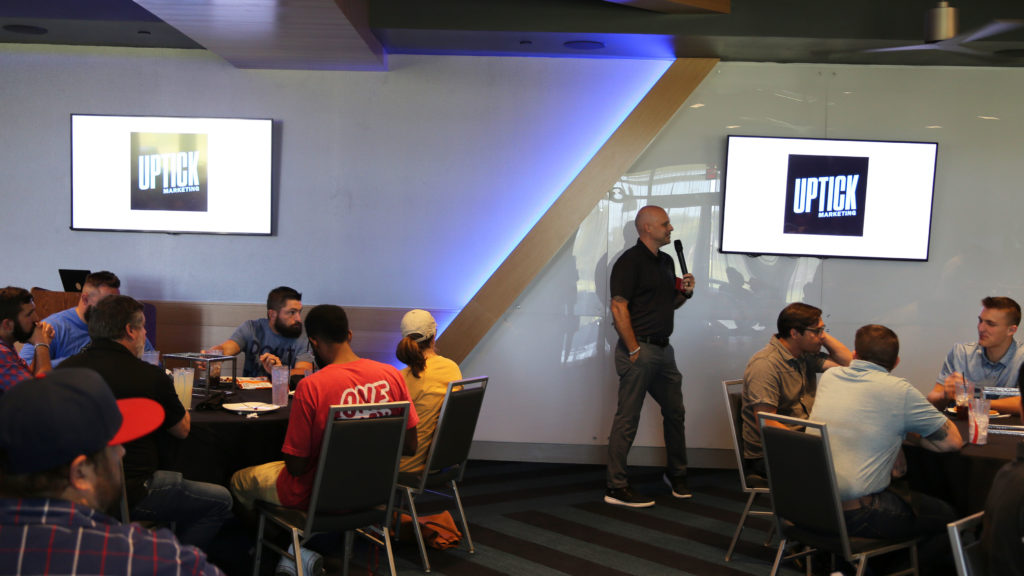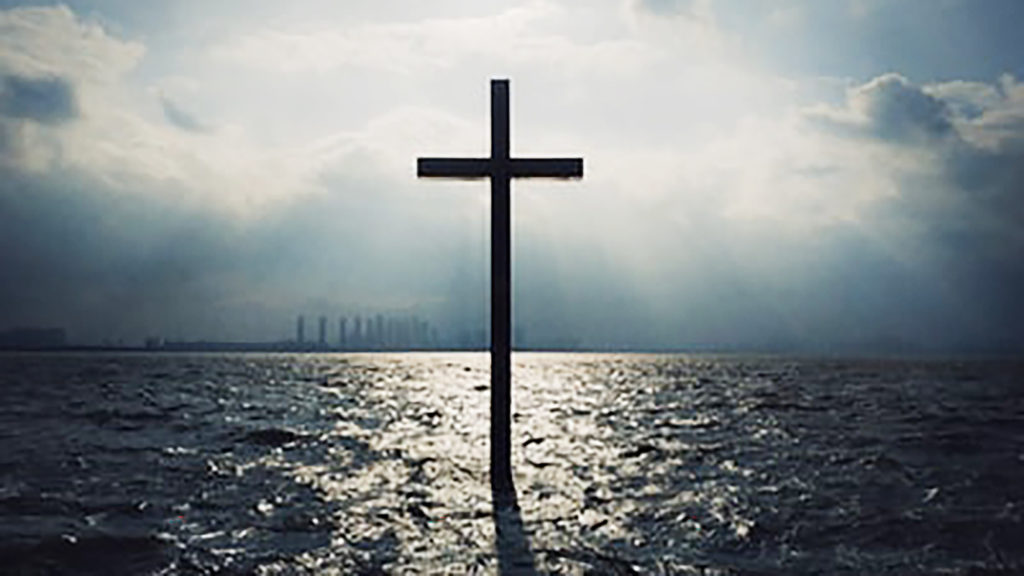If you were a European Christian on the eve of A.D. 1000, Y2K’s impact on your holiday plans. You faced threats like starvation or extinction at the hands of barbarians. And that was on good days. The Dark Ages in Europe didn’t get their name for nothing. Rape and pillage were big; civility wasn’t.
“The Northman cease not to slay and carry into captivity the Christian people, to destroy the churches and to burn the towns,” reported a witness to the grim time. “Everywhere there is nothing but dead bodies – clergy and laymen, nobles and common people, women and children.”
The church was weak, riddled with error and corruption in the West and marginalized in its birthplace by several centuries of Islamic advance. Christendom’s next systematic push beyond the borders of it s European “ghetto” – nearly two centuries of Crusades against Muslims beginning in 1095 – was a best a “pathetic misunderstanding of the Great Commission,” said evangelical missiologist Ralph Winter.
But Winter said we should not subscribe to the “BO-BO” theory of church history: that Christian missions somehow “Blinked Off” after the New Testament era and “Blinked On” again at the dawn of Protestantism. God didn’t take a 1,500 year nap, and He had plenty of servants who carried the name of Jesus far and wide during those centuries.
Some went willingly, others in chains. Christian slaves dragged away to northern Europe by the Vikings carried the gospel with them and won over many of their captors. Some monastic orders heroically attempted to purify the church and evangelize the world – all while preserving Western civilization from destruction.
Even after the Protestant Reformation geared up in the 16th century, Catholic missions continued to take the lead outside Europe. “By the large, the Reformers were not focused on missions,” observed Avery Willis of the Southern Baptist International Mission Board.
Some of the early Reformers believe the Great Commission applied only to the apostles. With some exceptions, Protestants did little to reach the world for more than two centuries after Luther.
Little, that is, until William Carey burst onto the scene.
Carey, the “father of modern missions,” may be the man of the millennium when it comes to obeying the Great Commission and inspiring others to follow. His revolutionary 1792 call to obedience and his four decades of service in India stood the fire. SO did spiritual awakenings in Great Britain and America.
The “Great Century” of Christian missions followed throughout the 1800s. The “First Wave,” pioneered by Carey, swept the world’s coastlines. The first Protestant missionary to China arrived in 1807 and at Burma in 1813. Later in the century, J. Hudson Taylor and his China Inland Mission – along with giants like David Livingston of Africa – modeled the “Second Wave,” pushing the gospel into the interior.
Missionary denominations took shape in America and Europe, including the Southern Baptist Convention, formed in 1845. Southern Baptists had sent a cumulative total of more than 13,000 missionaries overseas by the 1900s.
Lottie Moon, appointed to China in 1873, epitomized the mission’s spirit, giving her life for China and challenging Southern Baptists to send reinforcements to reach China’s lost millions.
The tireless work of the Southern Baptist Woman’s Missionary Union and other great women’s missions movements founded during the century provided crucial spiritual and material support to answer the cries of Moon and others for help.
The Student Volunteer Movement for Foreign Missions formed in 1886, eventually sending more than 20,000 missionaries abroad. Many mission leasers thought the task world evangelization would be completed by 1900.
The historic 1910 World Missionary Conference in Edinburgh, Scotland, declared the “Church is confronted today with a literally worldwide opportunity to make Christ known.”
Then came World War I, communism, global economic depression and World War II bringing missions nearly to a standstill. After World War II the Western colonial empires quickly receded, but missions exploded.
Missions’ strategy has shifted once again and returned to its biblical roots. The great “Third Wave” of missions transcends geography and focuses on evangelizing entire untouched people groups and working with God to spark church planting movements among them. Southern Baptists have caught the front during this strategic wave during the last 15 years.
Since the Berlin Wall fell in 1989 and the Soviet empire collapsed, huge harvest fields in the former Soviet bloc also have opened up to the gospel.
In China, Christians have expanded by the millions. Periodic persecution continues and the Chinese church continues to grow.
Cracks in the wall of Islam also have appeared, and Christians are responding this time with love. The Hindu world also shows signs of opening up to Jesus.
Evangelical faith, meanwhile, has swept Latin America, sub-Saharan Africa and parts of Asia in recent decades.
The “Two-Thirds World” missionary movement has taken hold as former missionary receivers become senders of thousands of workers, while Western evangelicals unite to work beside them through prayer, new technology and other advances. As these trends approach critical mass, the number of unreached peoples continues to decline.
What does it all mean? Is the Lord’s return nigh, as many of spiritual forebears expected a millennium ago?
Willis said, “You could write a history of missions called ‘Surprised by God.’ He keeps doing things we could not have anticipated. But he also puts us in a position to be ready for them.
“My own personal interpretation is that the Lord doesn’t have to come back the minute we get the gospel to the last people group. He does say (in Matt. 4:14), however, that it will have happened before He comes back. I don’t think it’s happened yet.”
“But it will. It will.” (BP)





Share with others: